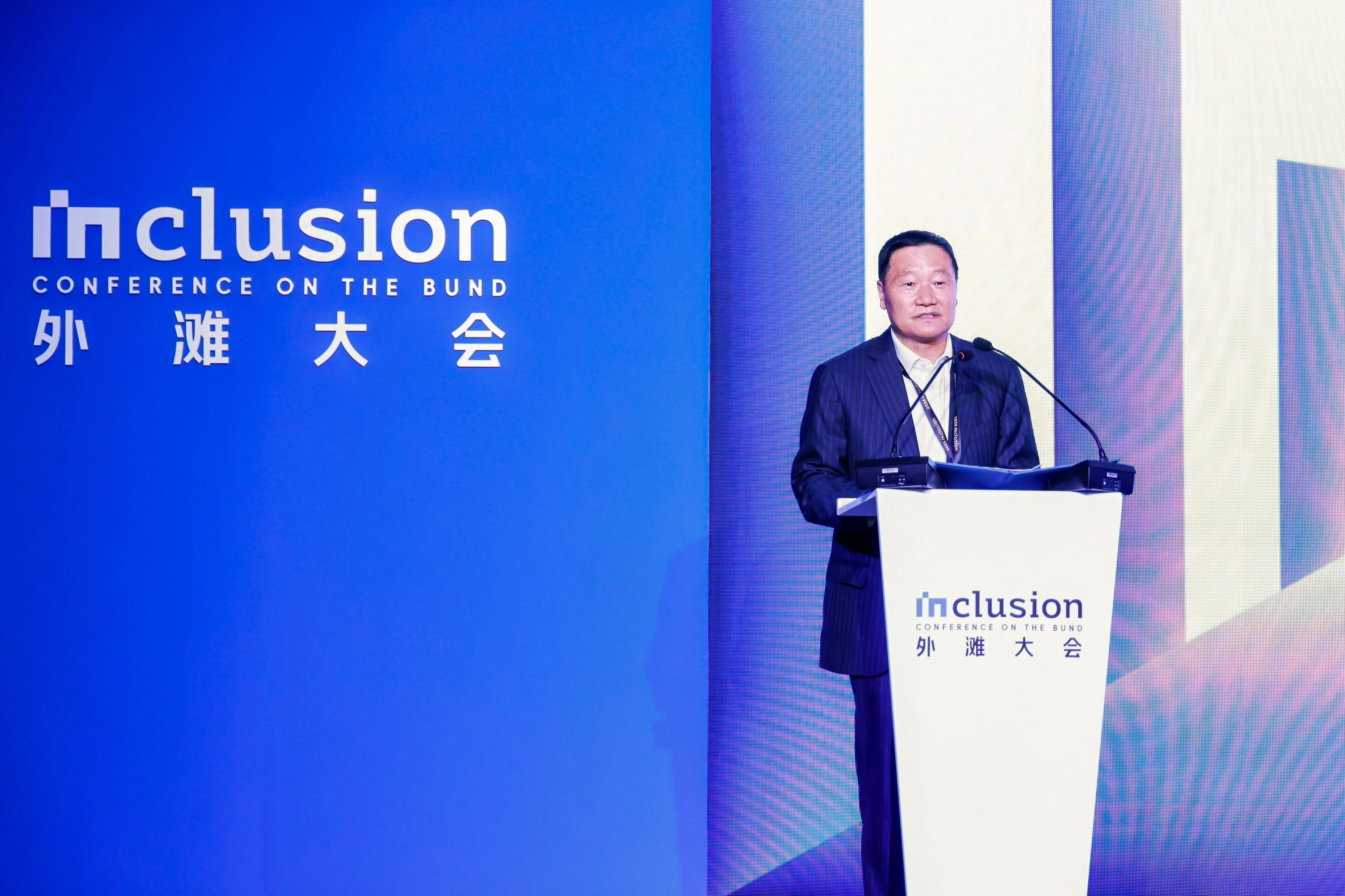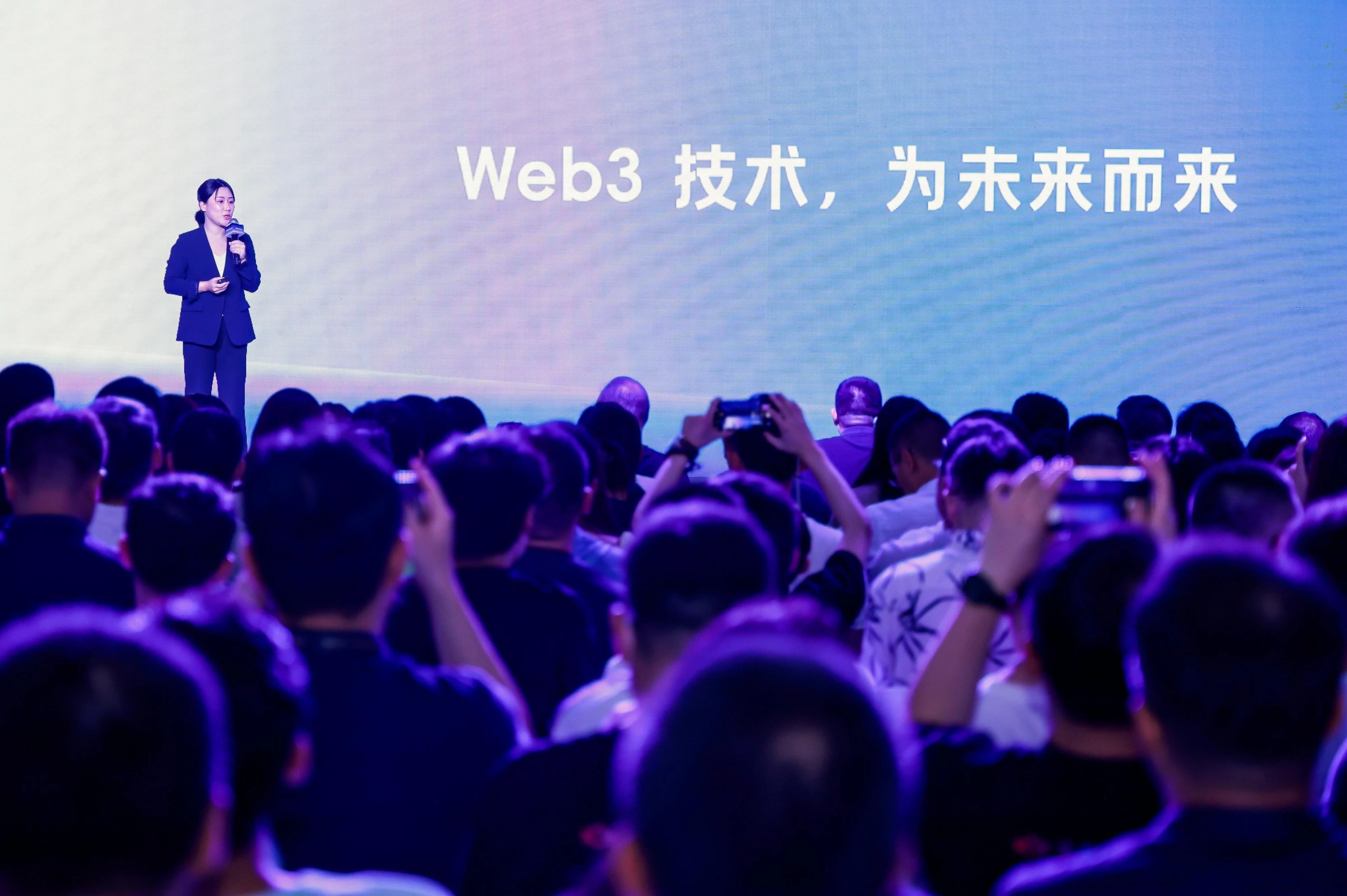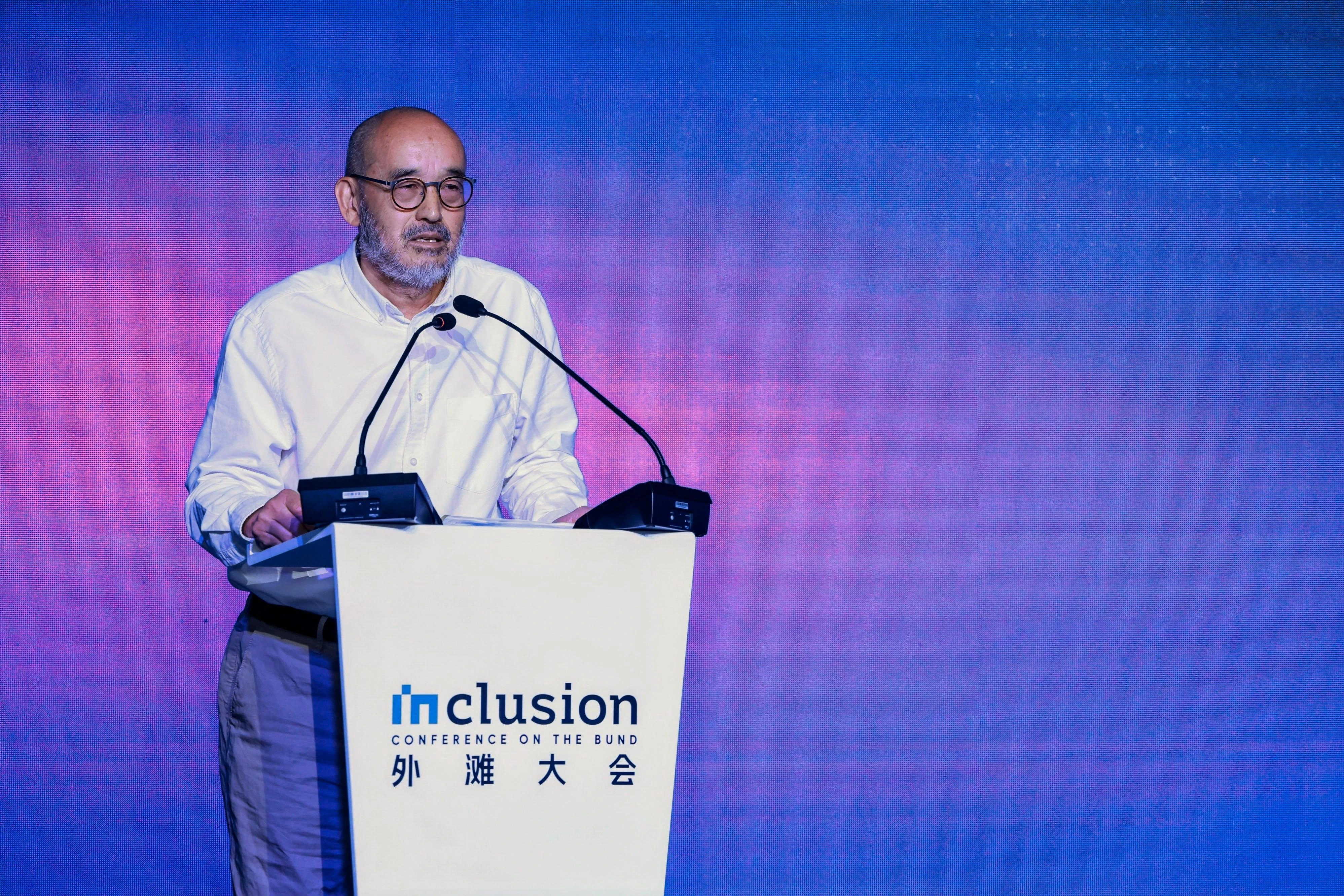Under the wave of digital economic development, Web3 and AI are also highly anticipated.
On September 5, 2024, at the Materialization of Web3 Digital Dreams sub-forum of the 2024 Inclusion·Bund Conference held in Shanghai, Xiao Gang, member of the 13th National Committee of the Chinese Peoples Political Consultative Conference and former Chairman of the China Securities Regulatory Commission, Zhu Jiaming, economist and Chairman of the Academic and Technical Committee of the Hengqin Digital Chain Digital Finance Research Institute, and Zhao Yongchao, Vice President of the Shanghai Data Exchange Research Institute, had a heated discussion with financial institutions and the industry around the Web3 industry practice and technological evolution.
They believe that Web3 will be of great benefit to real-world enterprises in using financial services correctly and effectively, but based on the current situation, it is crucial for the industry to actively promote the innovation of integrated technologies and explore breakthroughs in large-scale applications.

Xiao Gang, former chairman of the China Securities Regulatory Commission, pointed out in his speech that the development of Web3 can provide strong support for doing five major things and promote the development of financial services for the real economy. In this transformation brought about by Web3, the tokenization of real-world assets, as a bridge connecting the digital world and the physical world, is a vivid practice of finance returning to its roots and serving the high-quality development of the real economy.
The recently popular Real World Asset Tokenization (RWA) model is an important development direction for Web3 to go deeper into reality. RWA refers to converting real-world assets, such as cash, commodities, and real estate, into digital tokens through blockchain technology, thereby realizing the digitization and tokenization of assets.
The 2024 Shanghai Web3 Innovation Ecosystem Construction Research Report released in the middle of this year also predicted that in the next 5 to 10 years, with the exploration of governments, regulators and financial institutions, traditional finance and funds and RWA will accelerate their movement towards each other, forming multiple funds and asset tokenization transaction networks around the world, and promoting the interconnection and interoperability of global financial payment transactions.
Not long ago, the Hong Kong Monetary Authority announced the important progress of the first phase of its Ensemble project sandbox. The tokenization case completed by Longxin Group and Ant Digits attracted widespread attention. It is understood that Longxin Group used the new energy charging pile assets operated on its platform as RWA anchor assets and successfully obtained the first RWA cross-border financing in Hong Kong.
In this case, the value of the RWA model lies in increasing asset liquidity, improving transaction efficiency and transparency, and allowing asset ownership to be divided into multiple parts, thereby increasing the possibility of assets obtaining debt financing. In the view of Zhu Dazhi, co-head of technology, media and telecommunications industry in Asia Pacific at UBS Global Investment Banking, the tokenized economy will bring huge opportunities to the banking and financial industries.
Zhao Yongchao, deputy director of the Shanghai Data Exchange Research Institute, believes that the Hong Kong Monetary Authoritys Ensemble project is an important practice for RWA value verification. With the increase in data applications, data assets formed after management and classification by organizations will gradually become one of the core assets of enterprises. Like corporate real estate, equity, intellectual property, etc., their economic value can be released through technological means such as security token issuance (STO) and asset tokenization (RWA).
“The integration of technologies such as AI and IoT is the general direction of tokenization.” Liu Yanqi, head of global digital currency at HSBC, said, “From the perspective of short-term applications, the applications that are easy to implement are familiar financial products such as traditional bonds.”
Since 2024, in the field of Web3, the combination of blockchain, artificial intelligence, big data and other technologies has become mature. Ant Chain Chief Scientist Yan Ying believes that extreme performance and security and trustworthiness are the eternal pursuit of Web3 technology. In the face of large-scale on-chain asset issuance, technology must, on the one hand, consolidate the foundation of large-scale issuance and, on the other hand, solve the challenge of the authenticity of assets security and trustworthiness in order to effectively solve the two major challenges of asset tokenization, namely, verifying the authenticity of assets and controlling the risks of asset circulation.

Ant Chain uses blockchain as the core to establish trusted digital twin technology and large-scale blockchain open architecture, which can support 100,000-level transaction TPS performance, second-level transaction on-chain time, and PB-level data ledger storage and processing capabilities. In addition, Ant Chain has built a full trust closed loop on and off the chain, using secure and verifiable basic technologies to ensure the extension of trust. Through AI-assisted contract auditing tools, it provides efficient, accurate, and comprehensive contract security services.

However, the overall development of the Web3 industry is still in its early stages. Zhu Jiaming analyzed on the spot that compared with the rapid evolution of AI technology in the past two years, the systematic academic research of Web3 has lagged behind. Due to the difficulty of breakthroughs in landing scenarios, the impact on the real economy is relatively limited, but the combination of Web3 and AI big models will help realize its core value.










